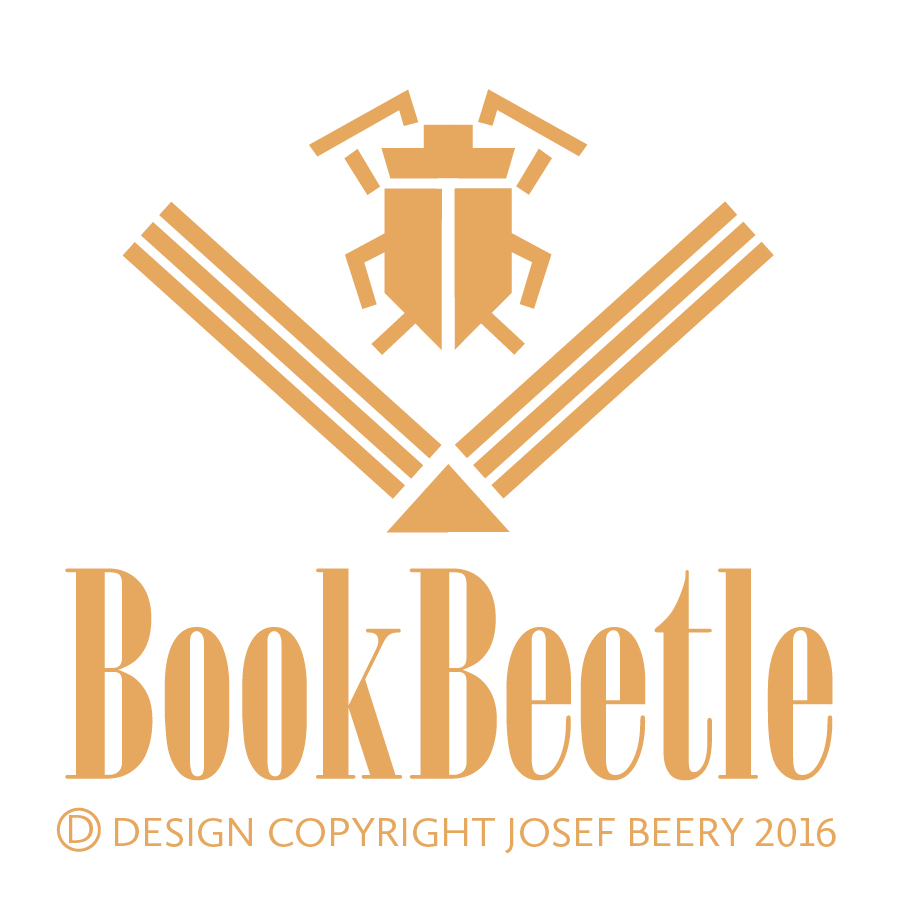The College Book Arts Association newsletter features a story on using the BookBeetle Desktop Letterpress as a tool for teaching the history of the book and printing. I am reposting the text of the article in this blog.
“Josef Beery, cofounder of the Virginia Arts of the Book Center in Charlottesville, demonstrates a replica of a Franklin-era common press at UVa's Rare Book School for bibliography students. He asserts that the wooden screw-operated platen press's special characteristics made it the formative tool in the creation of books during the first 350 years of the printed book's ascendancy in the West. He points out that the Vandercook proofing press, the most common teaching tool in colleges today, was an essential printing industry tool during the transition to offset printing, but it was primarily used to provide repro proofs of hot metal type composition. Likewise he criticizes the use of the iron hand press powered by levers and toggles as a teaching tool for understanding early book production. He claims the iron press's 19th-century appearance was brief and impact minor due to the rapid development of industrialized cylinder presses. Its use by 19th- and 20th-century private presses to produce works of fine printing is quaint but not critical to understanding the 15th-century evolution of the printed book.
Requests to bring the wooden common press into the classroom prompted Beery to develop a tabletop version of the platen screw press. This would allow him to explain the innovations of the 15th-century printers in developing movable type, which could be printed with the ubiquitous screw press from the wine and papermaking industries. The screw's low power necessitated a much smaller form while still requiring dampened paper, softened for printing, for best results. Understanding these factors illuminates the need for careful imposition and special engineering of a book's design around a module determined by the small platen size.
Beery has designed and built a portable wooden platen screw press that replicates the essential parts of the common press. Its compact size, 15" tall with a 24" long plank, and its ability to be stored flat makes it ideal for the most confined teaching situations. It can print an 8.5 x 11" sheet from a wooden chase with a 7 x 10" opening. It easily prints small booklets from movable type or photopolymer.
Beery has named his press the BookBeetle and uses it to give demonstrations on book building and the history of printing to students of all ages at the Virginia Arts of the Book Center and elsewhere. Josef Beery is available for demonstrations and the BookBeetle, now in production, goes on sale in December. To see the BookBeetle in use view the Vimeo video at: https://vimeo.com/185024002"

